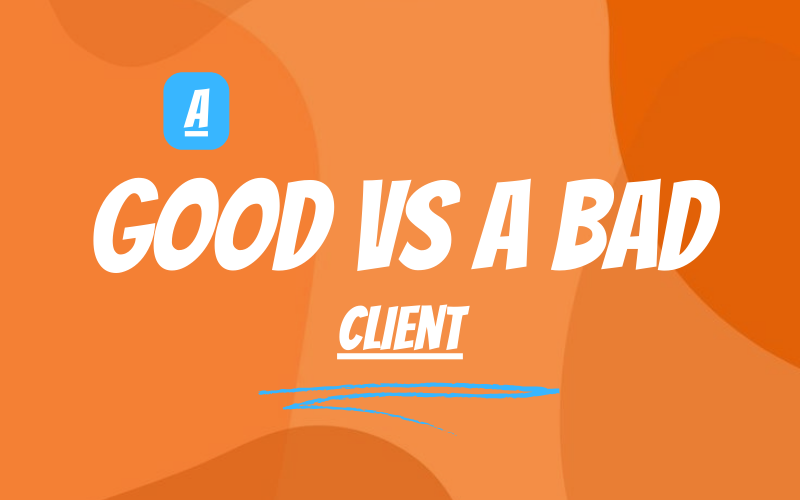How much should you charge as a consultant or coach?

Once you know the value of your skills, you can start thinking about rates. Pricing strategy is an entire industry unto itself, filled with hundreds of tactics that help you command more money for your time.
For freelancers, four pricing strategies occur more than others.
Pricing strategies
1 Hourly billing: This is the strategy most people already know. You bill projects based on the amount of time it takes you to complete them. This tactic is eficient because everyone understands trading time for money. However, for its simplicity, this approach also has a few problems for the freelancer. Most notably, when you bill by the hour, you’re penalized for eficiency. Think about it: When you complete a project quickly, you’re adding additional value to the client while being compensated less for your work. Other billing methods solve this issue.
2 Fixed fee: Fixed fee pricing means quoting an exact price for a specific deliverable. Instead of charging $50 per hour to design a website, you say that website designs cost $5,000. With fixed-fee pricing, freelancers often still bid based on their time, but never reveal that internal hourly fee to the client. It’s simply a way to standardize your fees based on information you know: how much time it usually takes to design a website, and how much you’d be happy earning during that time.
AppSumo | Freelancing & Consulting as a Side Hustle 06
3 Value-based pricing: Value-based pricing is completely separate from hourly billing. Rather than billing based on the value of your time, you price based on the value of the project to your client. In fixed fee, you might charge $300 to write an email blast for
a client. With value-based pricing, you’d take into consideration the value of the email you’re sending. Is this email expected to bring in $500,000 for the business? That’s an important email that needs careful attention. Charging $300 doesn’t quite capture the value you’re delivering. Maybe you charge $5,000 so it gets the care it deserves. Value-based pricing is how designers have made a million dollars designing a single logo. From the perspective of the business, paying top dollar is a hedge against bigger risks like having to redesign a logo that’s stamped across millions of products and marketing material.
4 Retainer: A retainer pricing model is useful for ongoing contracts. It isn’t opposed to the other pricing models on this list but is instead a long-term version of each. Retainers are used to price for ongoing work. Usually, they are structured by a set
number of hours or projects that the freelancer works on each month. As long as you’re under a retainer contract, the freelancer will invoice for the same amount every month or every other week, depending on their contract terms. For example, an SEO specialist may charge $2,500 per month for keyword research and blog writing. The SEO expert can choose to base their retainer on hours (e.g. ,“Up to 25 hours per month”) or fixed fee (e.g. “Three SEO blog posts per month, plus ongoing keyword research”).
AppSumo | Freelancing & Consulting as a Side Hustle 07
Price like a business, not an employee
The first rule of setting your rates as a freelancer is that you are not an employee. Freelancers are business owners. Business owners don’t anchor their rates based on what they’re earning working 40 hours per week. Here’s why:
Business owners must cover business expenses
Business owners don’t get compensated directly for every hour they work (no one is paying you for administration, accounting, etc.)
Business owners carry the risk of running a business (more on this point in the next section)
Business owners don’t have benefits like parental leave, vacation days, or healthcare— all of which should be accounted for in your rates
Business owners must work to get the opportunity to work (e.g., time management, marketing for new business)
Don’t ignore “risk” in your pricing
What do insurance companies and freelancers have in common? They both must charge a premium for carrying the risk in the business relationship.
As you think about how much to charge, remember that the convenience you offer— being an on-demand part-time expert—comes at its own cost. It’s risky running your own business. And that risk should drive up your rates.
Obviously “risk” won’t be a line item on the invoices you send to clients. But risk should trend your rates upward as you consider what to charge for your services.





Leave a comment